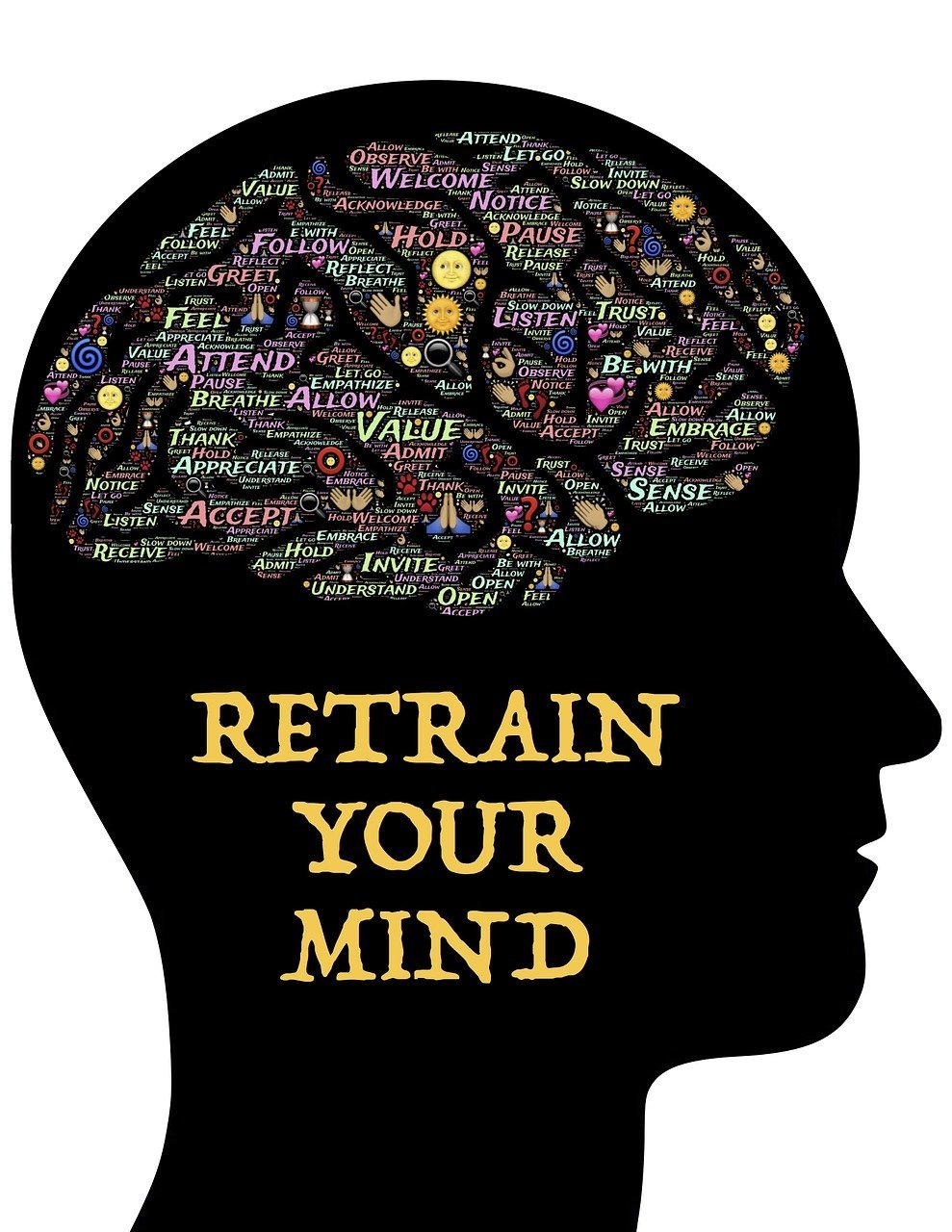Demystifying Pain
Posted on 4th March 2024 at 18:52
Pain can manifest itself in different ways, it can be sharp, dull, throbbing, or even burning, and it can vary in intensity from mild discomfort to severe agony. Pain is your body's way of telling you that something isn't quite right. It's like a warning signal that lets you know there might be an issue that needs attention.
Think of pain as a message that your nerves send to your brain, when that message reaches the brain, it is registered as pain. letting it know that there is an issue. Pain can be influenced by your thoughts, feelings, and emotions.
For example, if you are feeling stressed or anxious, you might notice that your pain feels worse. That is because your brain and nervous system are intricately connected, and they can both influence how you experience pain.
As physiotherapists, our goal is to help you understand your pain better and find ways to manage it effectively, as well as try to relieve it with hands on treatment, advice, and exercises. We will work together to identify any underlying issues, improve your strength and flexibility, and develop strategies to cope with pain so that you can get back to doing the things you enjoy.
Here at Bodyworks, we endeavour to use simple language and relatable examples to help to explain the concept of pain and feel more empowered in your journey towards recovery.

Understanding The Truths And Myths Surrounding Pain
To better manage your conditions and make informed decisions about your treatment it is important to understand the mechanisms surrounding pain. Here are some frequent questions you might have:
Is pain always an indicator of tissue damage?
Pain is not always directly correlated with tissue damage. While pain can often indicate an issue with tissues, nerves, or organs, it can also be influenced by numerous factors such as stress, emotions, and past experiences.
Do painkillers always solve the problem?
Painkillers can help manage pain temporarily, but they do not address the underlying cause. They should be used judiciously and in conjunction with other therapies such as physiotherapy, exercise, and lifestyle modifications for long-term relief.
Is rest always the best solution for pain?
Rest might be necessary initially for certain injuries, but prolonged rest can lead to stiffness, weakness, and further complications. In many cases, gentle movement and targeted exercises prescribed by a physiotherapist can aid recovery and prevent future issues.
Can pain be 'all in your head'?
Pain is a complex experience influenced by physical, psychological, and social factors. While the source of pain may be physical, psychological factors like stress, anxiety, and mood can amplify or modulate the perception of pain. Pain signals can be made worse with these emotional stresses or even generate pain signals in the absence of physical injury or tissue damage.
Does chronic pain mean the damage is permanent?
Chronic pain may just mean that it has been there over a longer period. Chronic pain does not necessarily mean that the damage is permanent. It often involves changes in the nervous system and how it processes pain signals. With the right treatment approach, including physiotherapy, pain management techniques, and lifestyle modifications, improvements in pain and function are possible.
Is it normal to experience pain during physiotherapy exercises?
It is common to experience some discomfort or mild pain during physiotherapy exercises, especially when rehabilitating injured or weak muscles and joints. However, the pain should be manageable, and it should not exacerbate the condition. It is important to communicate with your physiotherapist about your pain levels during exercises.
Are there alternative therapies that can help manage pain?
Yes, there are alternative therapies such as acupuncture, massage therapy, yoga, and mindfulness techniques that may complement traditional physiotherapy approaches in managing pain. It is essential to discuss these options with your healthcare provider to ensure they align with your treatment plan. You can also be referred to the pain clinic if your doctor or therapist feels it would be beneficial.
Does diet and lifestyle play a role in pain management?
Absolutely. A balanced diet, regular exercise, adequate sleep, stress management, and healthy lifestyle choices can positively impact pain management. Certain foods and dietary habits may also contribute to inflammation or exacerbate pain in some individuals.
Can pain perception vary from person to person?
Yes, pain perception can vary significantly from person to person due to differences in genetics, past experiences, cultural influences, and psychological factors. What may be intolerable pain for one person might be manageable discomfort for another.
By addressing these questions and debunking common myths surrounding pain, physiotherapists can empower patients to take a more active role in their treatment and recovery process.


As physiotherapists, there are several strategies we can employ to demystify pain and help you better understand and manage it:
Educate About Pain Physiology: Provide you with a basic understanding of how pain works in the body, including the role of nerves, the brain, and the nervous system in the pain experience.
Discuss Biopsychosocial Factors: Help you recognize that pain is influenced not only by physical factors but also by psychological and social factors such as stress, emotions, beliefs, and social environment. Encourage open dialogue about your thoughts, feelings, and experiences related to pain.
Promote Active Coping Strategies: Empower you to take an active role in managing your pain by teaching you practical coping strategies such as relaxation techniques, mindfulness, pacing activities, and stress management.
Encourage Movement and Exercise: Emphasize the importance of movement and exercise in pain management. Help you understand that while some discomfort during rehabilitation exercises is normal, it does not necessarily mean further harm. Gradually progress your exercises while monitoring your pain levels.
Address Fear and Catastrophizing: Address any fears, misconceptions, or catastrophic thinking patterns that you may have about your pain, this is common with a lot of patients that we see. Provide reassurance, support, and guidance to help you develop more adaptive ways of thinking about and responding to pain.
Set Realistic Expectations: Help you set realistic expectations for your recovery process. Discuss potential setbacks and fluctuations in pain levels and encourage patience and persistence in your rehabilitation journey.
Individualise Treatment Plans: Tailor treatment plans to address each patient's unique needs, preferences, and goals. Involve patients in decision-making processes and collaborate with you to develop personalized strategies for pain management.
Promote Self-Management Skills: Teach you self-management skills that you can incorporate into your daily lives to better cope with pain outside of therapy sessions. This may include techniques for self-massage, heat and cold therapy, ergonomic adjustments, and activity modification.
Provide Ongoing Support and Education: Offer continuous support, encouragement, and education throughout the course of treatment. Stay informed about the latest research and evidence-based practices in pain management and share relevant information with patients to empower you with knowledge and resources.
Building a trusting and collaborative relationship with your patients is essential: This relationship should be based on understanding, respect, and mutual support, allowing for open dialogue about your concerns and experiences."
By employing these strategies, physiotherapists can help demystify pain for their patients and empower them to take control of their pain management and rehabilitation journey.
Share this post:




